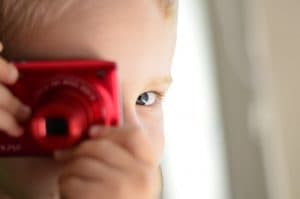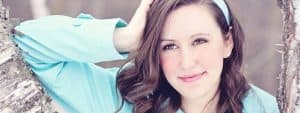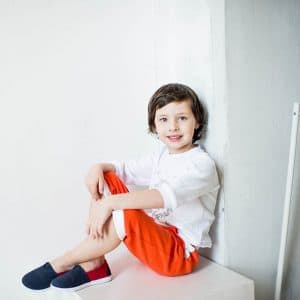Home > Vision Therapy > Vision Therapy for Lazy Eye
Vision Therapy for Lazy Eye
- Are you concerned your child may have a lazy eye?
- Is your child accident prone or have poor eye-hand coordination when playing sports?
- Does your child wear eyeglasses for a lazy eye, but still has blurry vision?
- Would you like to discover the benefits of vision therapy for lazy eye?
-
How Is Lazy Eye Treated?
A variety of treatment options have been shown to treat lazy eye - the aim is to strengthen the eye-brain connections necessary for binocular vision. Traditionally, it has been thought that lazy eye treatment should begin before a child reaches around eight years old, however recent research shows that even after this age, lazy eye can be successfully treated. That being said, the earlier the condition is diagnosed, the better the treatment outcome will be.... -
Lazy Eyes Need Binocular Vision Therapy
Vision therapy has been shown to be the most effective solution for lazy eye, as it treats the underlying cause of the condition. A lazy... -
Is Treating Lazy Eye in Adults Successful? 7 Top FAQs
Have you been told there’s no successful treatment for lazy eye in adults? Well, the old wisdom is wrong! According to a study in Clinical... -
Lazy Eye FAQs
These are the 12 most frequent questions asked to vision therapy eye doctors on lazy eye. You may easily find answers to your questions below. If you still have questions, contact your nearest eye doctor experienced in children's vision, lazy eyes and vision therapy.... -
What Is Lazy Eye?
According to research, amblyopia affects up to 1 in 33 of the population— this means up to 10 million people in the U.S. may have a lazy eye. Amblyopia, commonly known as a “lazy eye”, is a neuro-developmental vision condition that begins in early childhood and develops when one eye is unable to achieve normal visual acuity, causing blurry vision in the affected eye, even with corrective eyewear. The condition also commonly presents with poor depth perception, and reading difficulties. ... -
“Lazy Eyes” Are Not Lazy
If a lazy eye is not really ‘lazy’, then what is it exactly? Lazy eye (amblyopia) is the most common neuro-developmental vision condition, affecting up... -
Lazy Eye: The Latest Research
The Pediatric Eye Disease Investigator Group (PEDIG) research provided evidence-based studies on treatment for children with lazy eye. PEDIG research on the effectiveness of lazy... -
7 Signs Your Child Might Have a Lazy Eye
Do you know the signs to look for to identify lazy eye in your child? A lazy eye is generally difficult to recognize because it usually develops in only one eye, without a noticeable eye turn. It is important to be aware of the signs that may indicate a lazy eye, since in most cases, the condition is not recognized easily - though it can significantly affect a child’s quality of life.... -
My Lazy Eye Was Misdiagnosed
"Thanks to Vision Therapy, I Gained 3D Vision!". A Personal Story by Rachel Cooper, Past Director of the Optometrists Network.... -
Lazy Eye: Success Stories
Read some real-life stories from patients who have successfully completed vision therapy for lazy eye. *Names have been changed for protection of privacy....














